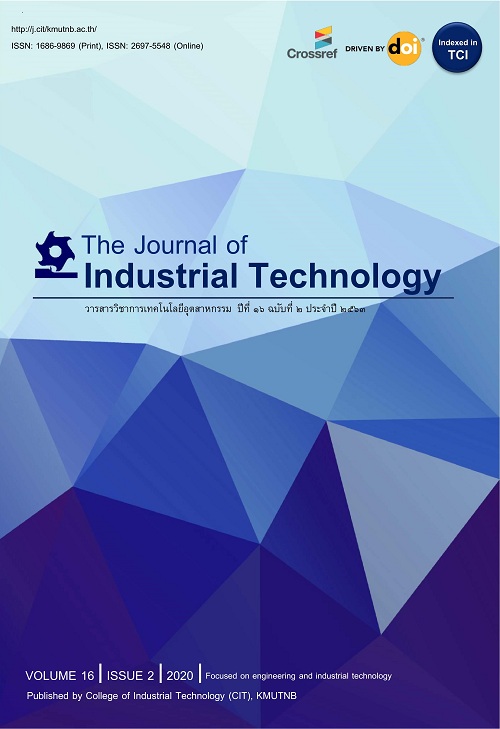Study of Strength and Corrosion Behavior on Aluminum A1050 and Copper C1100 Joints by Mechanical Steel Bolt, Blind Steel Rivet, and Resistance Spot Weld
Abstract
Keywords
[1] R. Frank and C. Morton, Comparative corrosion and current burst testing of copper and aluminum electrical power connectors, Fourtieth IAS Annual Meeting Conference, Proceeding, 2005, 442-447.
[2] H. Moslemi, K. Farhangdoost and P. Zamani, Fatigue life evaluation of single and two riveted coach peel joints using strain-life criteria, AUT Journal of Mechanical Engineering, 2019, 3(2), 229-234.
[3] C. Lei, Q. Huang and Y. Bi, Tensile load distribution improvement of three-row riveted lap joint based on different squeezing displacement combinations, Coatings, 2021, 11, 856.
[4] T. Bothiraj and M. Saravanan, Experimental investigation of friction stir blind riveting process for similar and dissimilar alloy sheet, Journal of Advanced Mechanical Design Systems and Manufacturing, 2018, 12(1), 17-00679.
[5] D.C. Saha, and Y.D. Park, A review on Al-Al/Al-steel resistance spot welding technologies for light weight vehicles, Journal of Welding and Joining, 2011, 29(4), 35-40.
[6] Y. Yang, Y. Li, J. Bi, H. Liu, S. Ao and Z. Luo, Study on the corrosion behavior of resistance spot welded dissimilar 2195/5A06 joints, Journal of Materials Engineering and Performance, 2023, 32(7), 3114-3128.
[7] AZO Materials, Aluminium Alloys - Aluminium 1050 Properties, Fabrication and Applications, 2005. https://www.azom.com/article.aspx?ArticleID=2798 (Accessed on 30 January 2024)
[8] P. Saowapa, S. Wichachai, R. Munprom and R. Techapiesancharoenkij, Study the spot welding for difference material between copper C1100 and aluminum A1050, CRU-National Conference in Science and Technology: NCST 6th, Proceeding, 2023.
[9] ASTM E8/E8M-13a, Standard Test Methods for Tension Testing of Metallic Materials ,2015.
[10] K.O Cooke and T.I. Khan, Microstructure development during low-current resistance spot welding of aluminum to magnesium, Journal of Manufacturing and Materials Processing, 2019, 46-48.
[11] A. Groysman, Corrosion for everybody, Springer Science and Business Media, 2019.
[12] M.F. Ibrahim, Effect of different sodium chloride (NaCl) concentration on corrosion of coated steel, Doctoral Dissertation, University Malaysia Pahang, Malaysia, 2013.
[13] F. Brownlie, T. Hodgkiess, A. Pearson and A. Galloway, Electrochemical evaluation of the effect of different NaCl concentrations on low alloy-and stainless steels under corrosion and erosion-corrosion conditions, Corrosion and Materials Degradation, 2022, 3, 101-126.
[14] R.S. Waremra and P. Betaubun, Analysis of electrical properties using the four point probe method, E3S Web of Conferences, EDP Sciences, 2018, 73, 13019.
[15] V. Tsakiris, W. Kappel, and G. Alecu, Solid state diffusion welding of Cu-Fe/Al/Ag and Al-Ni dissimilar metals, Journal of Optoelectronics and Advanced Materials, 2011, 13(9), 1176.
[16] A.M. Helmenstine, A table of electrical conductivity and resistivity of common materials, ThoughtCo, 2019. https://www.thoughtco.com/table-of-electrical-resisitivity-conductivity-608499. (Accessed on 30 September 2023)
DOI: 10.14416/j.ind.tech.2024.08.001
Refbacks
- There are currently no refbacks.






